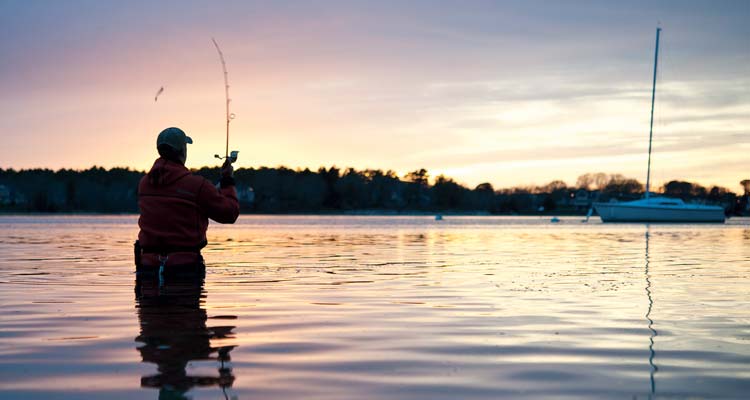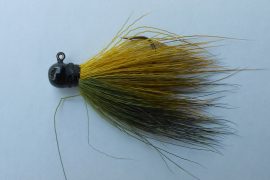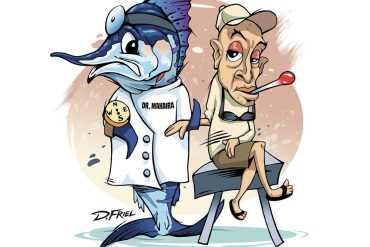
Although it’s true that surfcasters focus primarily on ocean beaches in the fall as they attempt to intercept the mass migration of baitfish and the predators that follow them, there are other opportunities. These ocean runs can be spectacular, and I look forward to the fall run with intense hope. I love the pounding surf, the crisp air, and the promise of catching fish amid acres of churning bait and fish. But, what to do when ocean action is spotty or non-existent? The answer is to look for more reliable action in the harbors.
The Harbors
Access is often either difficult or impossible. Nonetheless, there are fish to be caught there, and when the ocean runs are poor, as they were in 2016, I move north. Harbors are consistently productive because the young of many species are nurtured there. Early on, juvenile baitfish find protection from predators in marsh grasses, bottom seaweeds, rock piles, shallow creeks, and even wrecks, and the food they need is abundant in these eutrophic estuaries. As a result, the young bait grows fast. For most of the summer, these young-of-the-year fish go unnoticed because they are so small, but by the time autumn arrives, most are 3 to 6 inches long, and when the schools are large, they offer a banquet to predators.

The shoals of bait may include peanut bunker, porgies, weakfish, snappers, spearing, and herring. Of course, there are years when none of these species spawn with huge success and then there are years when several species are successful. However, in most years, it’s one bait species that dominates, like in 2015 when the porgy year-class was off the charts, and in 2016 when bunker spawns were very successful.
The Vast Atlantic
Sure, these same baits pour out of bays into the ocean through Long Island’s South Shore inlets, but the schools spill into a vast ocean and it’s easy for them to get lost. For example, what if schools of bait are emptying out of Fire Island Inlet, but the mega schools of stripers and blues are still east and north? The result is that the bait can skedaddle west and south on their migration mostly unmolested—at least for a while. The migration works a little differently in Long Island Sound because it is, in reality, a huge estuary. In the Sound, there are always schools of predators lurking nearby in deep water. When the vibrations from tens of thousands of small fish in the harbors ratchet up and their smell begins to leak out into the Sound on outgoing tides, it doesn’t take long for the predators to find the food. Sometimes, it’s as if a switch gets thrown and what was once poor fishing turns into an instant rout.
The Harbor Hunt
All Long Island Sound harbors will produce handsomely in years when bait schools are large and numerous; however, each harbor may not produce at the same time. Although not a hard and fast rule, there is a tendency for action to move from west to east through the autumn, presumably because western harbors cool first. Western harbors do abut a narrower and generally shallower Sound that cools more quickly, stimulating the bait to move out of nooks and crannies toward the mouths. On the other hand, to the east where the Sound is deeper and wider, there is more water that takes longer to cool, and thus the bait migration is delayed. Again, also not a hard and fast rule, but action in western harbors such as Little Neck, Manhasset, New Rochelle, and Mamaroneck tend to produce best from late September into mid-October. Action in eastern harbors tends to pick up in mid-October and last into November. It’s impossible to pinpoint the timing of the runs since so much depends on weather patterns and the species of dominant bait. I never count on any run beginning and ending at the same time (or at the same places) year after year because there are no absolutes in fishing.

I don’t count on fishing reports either because they are often days old and may be exaggerated or misleading. However, I do count on my…





